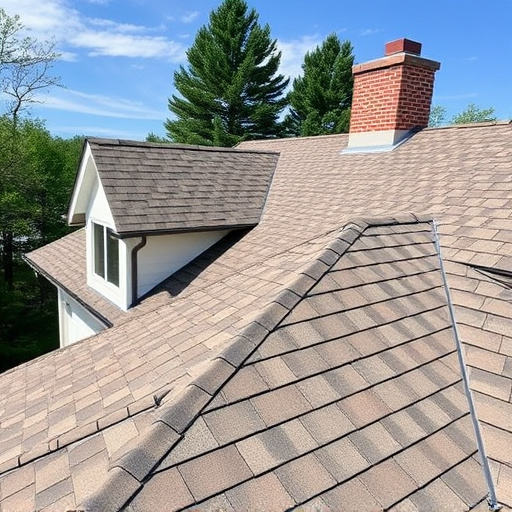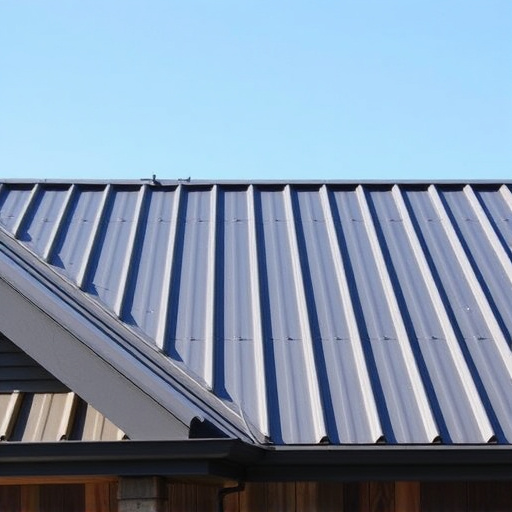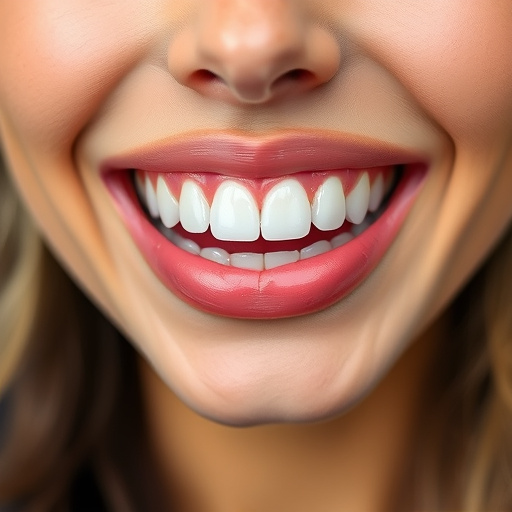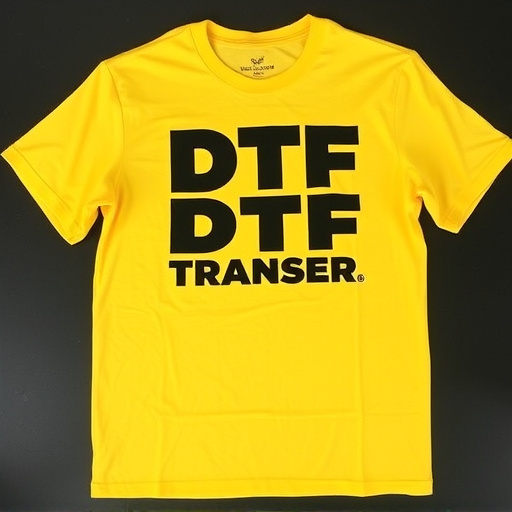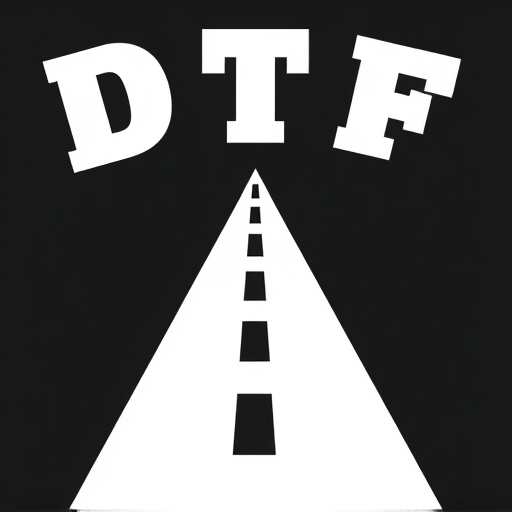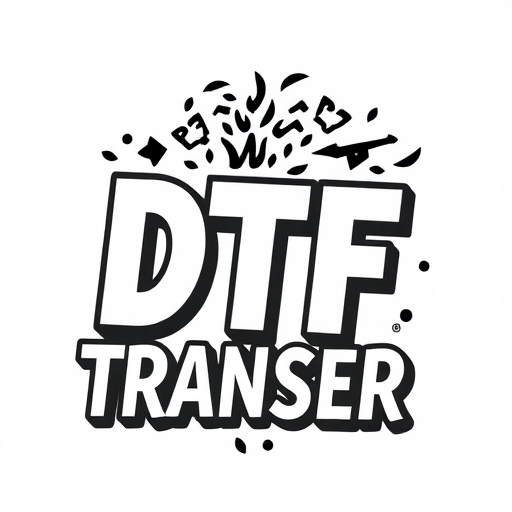Direct-to-Film (DTF) transfer and Dye Sublimation Printing are printing technologies for creating high-quality prints on diverse surfaces. DTF involves transferring ink to a film, which is then pressed against the substrate, offering vibrant colors, sharp details, and durability. Dye sublimation infuses dyes directly into porous materials through heat treatment, producing rich gradients. DTF excels in fine art prints and custom apparel due to its superior resolution, while dye sublimation is preferred for high-volume needs like promotional items. Choosing between them depends on project requirements: DTF for detailed prints and smaller runs, dye sublimation for larger volumes with rich colors across various materials.
In the realm of printing technology, Direct-to-Film (DTF) transfers and dye sublimation are two distinct methods with unique characteristics. This article delves into the intricacies of each, offering a comprehensive overview for users to navigate this spectrum. From understanding DTF’s modern approach to exploring the traditional yet versatile dye sublimation method, we uncover key differences, focusing on image quality, resolution, and diverse applications. By the end, readers will be equipped to choose the optimal printing technique tailored to their needs.
- Understanding Direct-to-Film (DTF) Transfer: A Comprehensive Overview
- Dye Sublimation Printing: The Traditional Method and Its Advantages
- Key Differences Between DTF Transfer and Dye Sublimation
- Image Quality and Resolution in DTF Prints vs. Dye Sublimation
- Applications and Use Cases for Each Printing Technique
- Choosing the Right Printing Method: Factors to Consider
Understanding Direct-to-Film (DTF) Transfer: A Comprehensive Overview
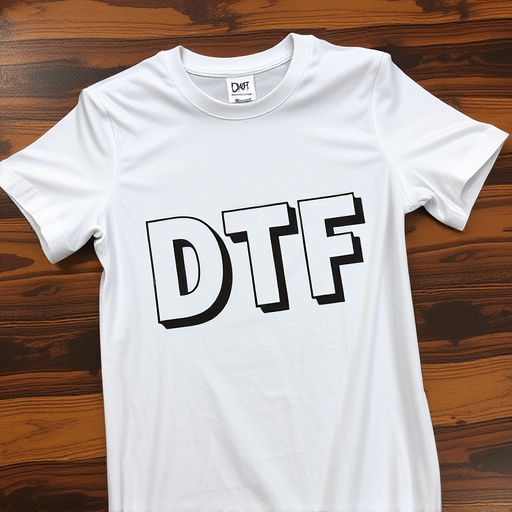
Direct-to-Film (DTF) transfer is a cutting-edge printing method that offers exceptional quality and versatility for creating vibrant, long-lasting prints directly on various media surfaces. This process involves transferring ink or dye onto a film, which is then pressed against the substrate to create an image. The key advantage lies in its ability to produce high-resolution, detailed prints on materials like fabric, paper, and even metal without the need for intermediate rollers or plates. DTF technology has revolutionized printing by enabling businesses and artists to achieve professional-grade results quickly and cost-effectively.
DTF printing is particularly popular among custom apparel printers, as it allows them to offer a wide range of unique, personalized designs on clothing items. The transfer film, typically made from a flexible material, ensures that the print stays intact during washing and other forms of wear and tear. Additionally, DTF technology accommodates various ink types, including solvent-based and UV inks, catering to diverse printing needs and preferences. This versatility makes DTF Transfer a preferred choice for those seeking high-quality, durable prints without the complexities often associated with traditional printing methods.
Dye Sublimation Printing: The Traditional Method and Its Advantages

Dye Sublimation Printing, often referred to as DTF (Direct-to-Film) transfer, is a traditional method that has been used for decades to produce high-quality prints on various materials, particularly textiles and plastics. This process involves submerging ink in a dye sublimation paper, which then transfers onto the desired substrate through heat treatment. The advantage of this technique lies in its ability to create vibrant and accurate colors, ensuring DTF prints stand out for their rich, lasting hues.
Additionally, dye sublimation is renowned for its versatility; it can be applied to a wide array of surfaces, allowing for customization on demand. This method is particularly favored in industries requiring custom apparel, signage, and promotional items due to its efficiency and the ease with which it can accommodate unique design specifications.
Key Differences Between DTF Transfer and Dye Sublimation
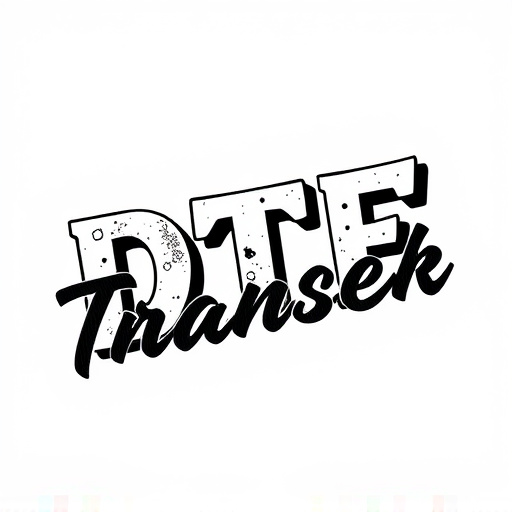
Direct-to-film (DTF) transfers and dye sublimation printing are two distinct methods for creating high-quality prints on various media, each with its unique advantages and limitations. The key differences lie in their production processes and final outputs. DTF involves transferring an image onto a film or thin sheet, which is then pressed against the desired substrate under heat and pressure to create a permanent print. This method is particularly versatile, allowing for designs on various materials like fabric, metal, and wood. DTF transfers offer vibrant colors, sharp details, and a wide range of possible applications, making them a popular choice for custom apparel, signage, and decorative items.
On the other hand, dye sublimation printing directly infuses dyes into porous substrates, such as polyester or paper, without the use of a separate film. This process involves heating solid dyestuff, typically in a roll or sheet form, until it sublimes (changes from solid to gas) and is absorbed into the substrate. Dye sublimation produces rich, full-color images with exceptional sharpness and brightness. It is ideal for creating high-resolution prints on fabric, allowing for intricate designs and a soft, vibrant finish. This method is commonly used in professional printing, textile design, and promotional product customization.
Image Quality and Resolution in DTF Prints vs. Dye Sublimation
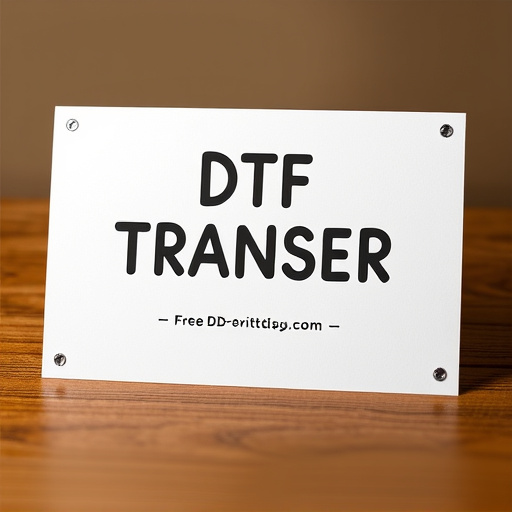
When comparing DTF (Direct-to-Film) transfers and dye sublimation printing, image quality and resolution are key factors to consider. DTF transfers offer high-resolution results, capturing intricate details and vibrant colors, making them suitable for fine art prints and high-demand applications. This process directly applies ink or pigment to the substrate, resulting in a sharp, crisp image with minimal distortion.
In contrast, dye sublimation printing achieves exceptional quality through a different mechanism. It involves heating dye to cause it to vaporize and then condense onto the material, creating a seamless, full-color image. This method is known for its ability to produce rich, vibrant colors and smooth gradients, making it popular for photography and marketing materials. While both methods have their strengths, dye sublimation often edges ahead in terms of overall visual appeal and subtle color nuances.
Applications and Use Cases for Each Printing Technique
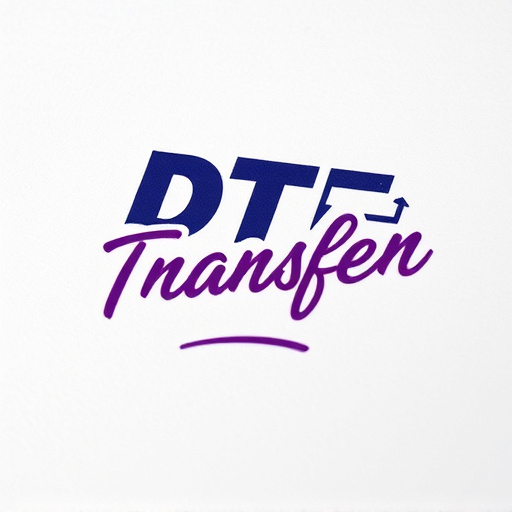
Direct-to-film (DTF) transfers and dye sublimation printing are two distinct methods with unique applications in various industries. DTF transfers are particularly versatile, finding their place in everything from garment printing to signage and decorative items. This technique is ideal for small-batch production runs, allowing businesses to quickly adapt designs and cater to customized orders. For instance, local t-shirt shops often use DTF to create unique, on-demand designs for customers.
On the other hand, dye sublimation printing has established itself in high-volume applications like promotional merchandise, advertising banners, and even photo prints. It excels in producing vibrant, high-resolution images with a soft, almost ethereal finish. This method is commonly used by marketing agencies to create visually stunning displays for events or as part of brand promotions. Dye sublimation’s ability to seamlessly blend colors makes it perfect for intricate designs and complex visuals, ensuring DTF prints stand out in crowded spaces.
Choosing the Right Printing Method: Factors to Consider
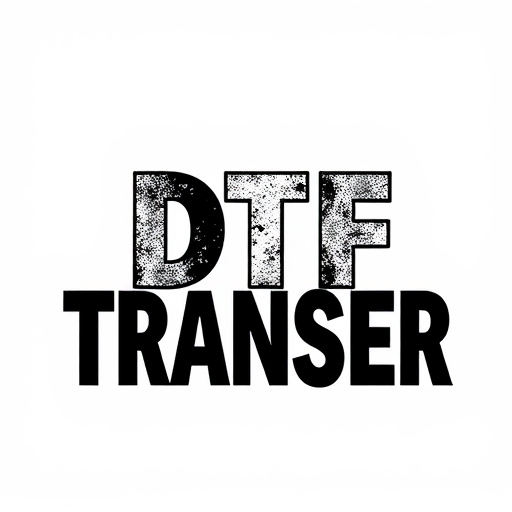
Choosing the right printing method for your project is crucial and largely depends on your desired outcome and budget. When comparing Direct-to-Film (DTF) transfers and dye sublimation printing, several factors come into play. One of the primary considerations is image quality; DTF transfers offer superior resolution and color accuracy, making them ideal for high-quality prints that demand detail and vibrancy. On the other hand, dye sublimation printing excels in producing rich, vibrant colors on a variety of materials, from textiles to metal, without sacrificing image quality.
Cost is another significant factor. DTF printing tends to be more cost-effective for smaller runs or one-off projects due to its straightforward process and lower material costs. In contrast, dye sublimation printing may have higher upfront equipment costs but becomes more economical for larger production volumes as the price per print decreases significantly. Additionally, consider the versatility of each method; DTF transfers are suitable for various surfaces, while dye sublimation printing offers a broader range of applicable materials, making it a preferred choice for diverse applications.
